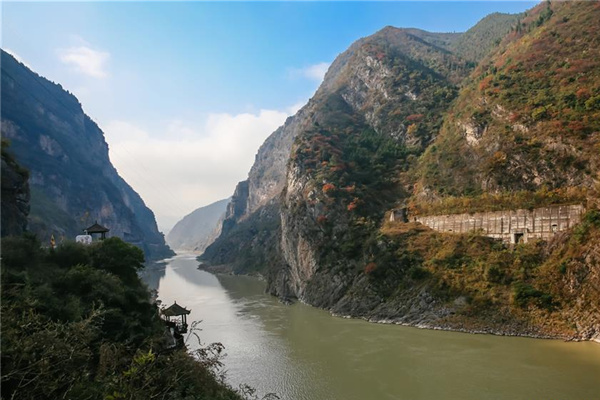

Land desertification is called a "cancer" of the earth, and few countries are suffering more than China.
The area of national desertified land in China amounts to 1.74 million sq km, accounting for 18.12 percent of the country's territory. Every year, the direct economic loss from desertification reaches 50 billion yuan. Expanding deserts threaten about 400 million people, or one third of the country's populations.
Combating desertification has become a battle China cannot afford to lose.
In 2001, China formulated a law on prevention and control of desertification, the first of its kind in the world. China's desertified areas have been reduced by 1,283 sq km since 2000, compared to an annual expansion of 3,436 sq km in the 1990s, according to statistics from the State Forestry Administration.
Earlier this year, the Chinese government reiterated its goal of halting desertification by 2010, and to remediate 60 percent of remediable desertified lands by 2030 and reverse all human-induced desertification by 2050.
Recently, some traditional forestry enterprises, which are usually resource consumers, have joined in the battle. Last month, a contract was signed between The Prince's Charities Foundation, the largest charitable enterprise in the United Kingdom, and China Grand Forestry Resources Group Ltd (CGFRG), which aims to transform forestry group into a provider of green energy and resources within five years.
"The strategic partnership with The Prince's Charities Foundation will help us enter a new phase of 'green development'," says Cao Chuan, CGFRG's acting president.
Under the contract's framework, a program called "oasis in the desert" was launched at the end of February to fight desertification in western regions of the country.
With an initial investment of one billion yuan, the 10-year program aims to improve soil ecology in Gansu and Qinghai provinces, as well as the Inner Mongolia, Ningxia Hui and Xinjiang Uygur autonomous regions.
A desert bordering the Ordos grasslands in Hanggin Banner of the Inner Mongolia autonomous region will be the program's first target. Besides growing plants that can stabilize sand, such as the drought resistant sand-willow, the program will also help local people plant biomass fuel crops.
The program plans to join the ecosystem recovery effort in the source area of China's three most famous rivers - the Yangtze, Yellow and Lancang/Mekong - in northwest Qinghai province.
Dry climate and years of over-grazing have seriously degraded the grasslands in the area. The program will appeal to economic leverage to curb excessive livestock breeding, according to CGFRG.
(China Daily 03/24/2008 page5)













